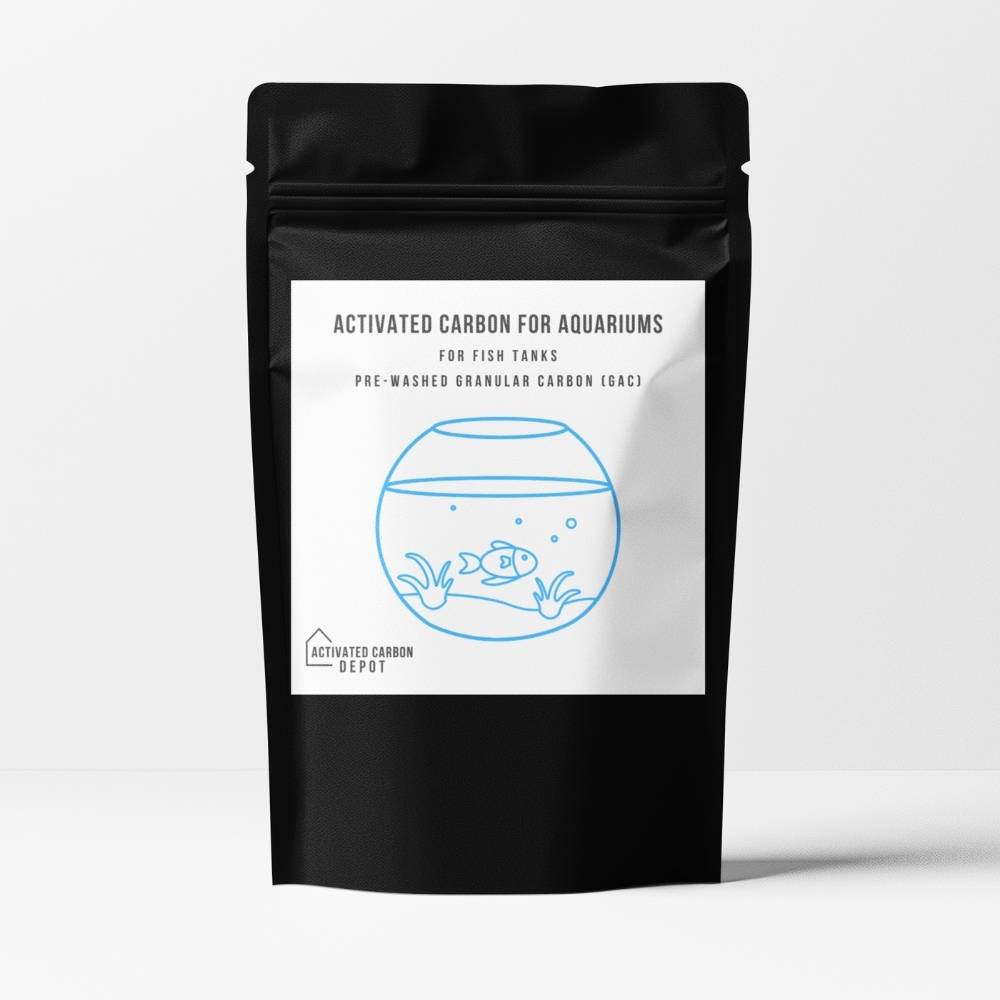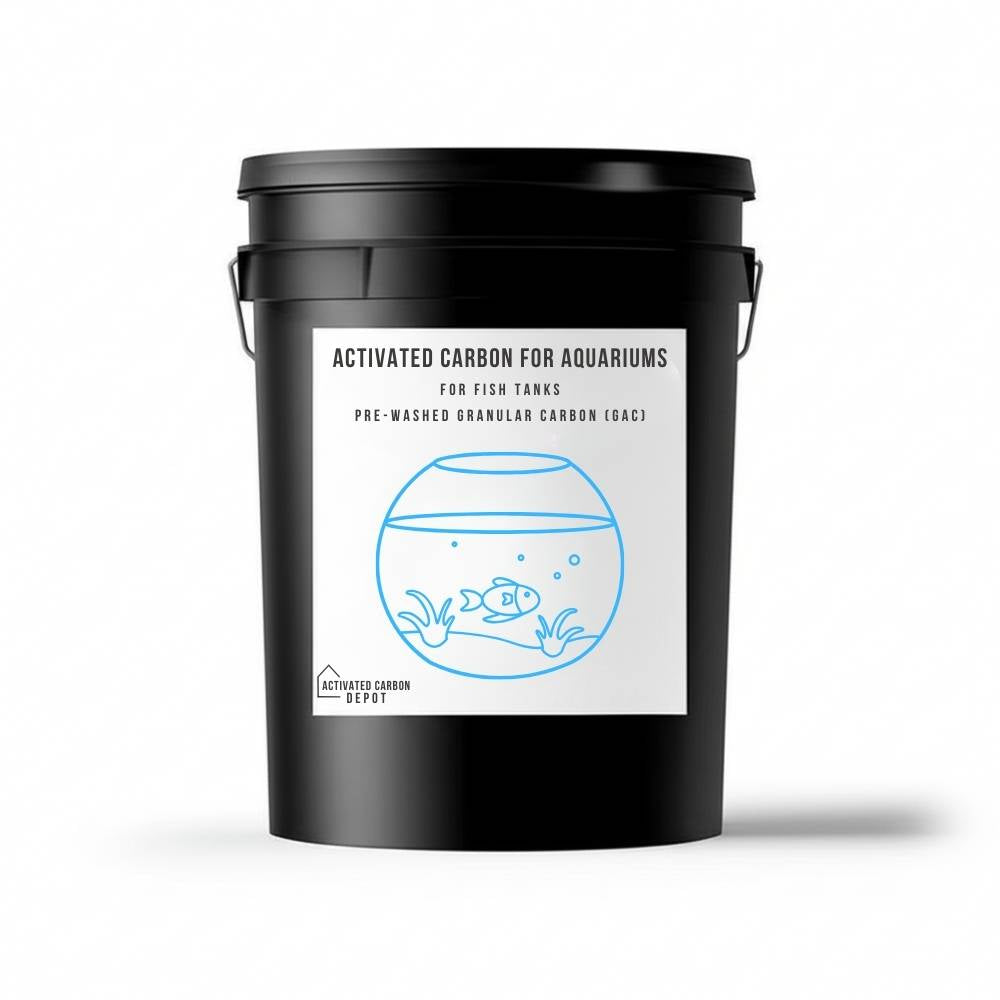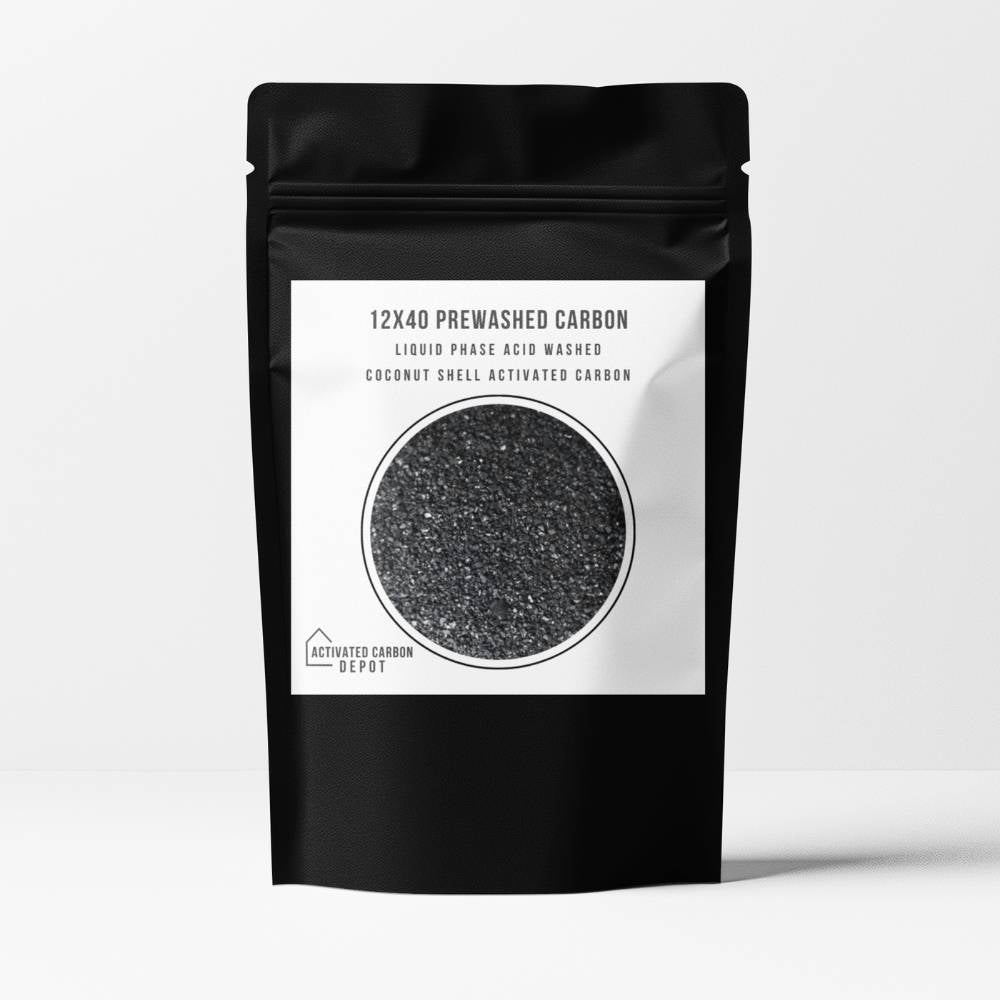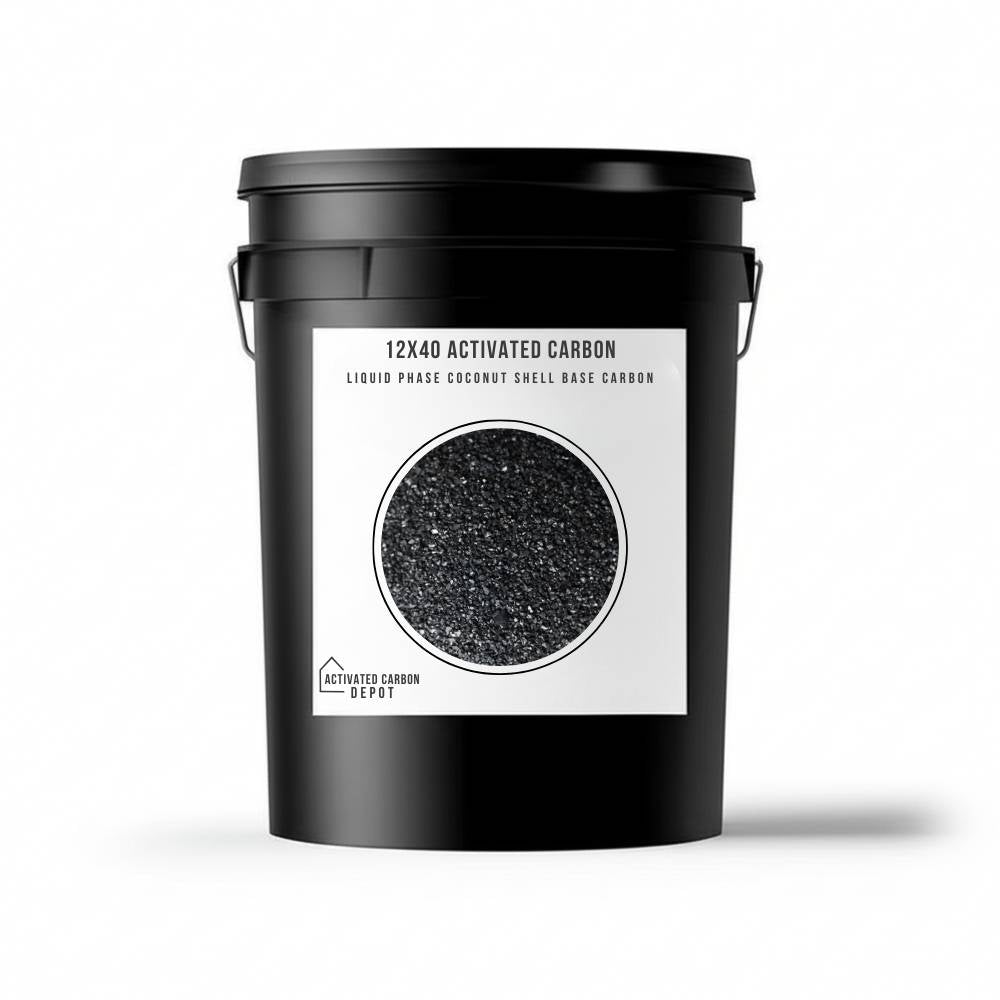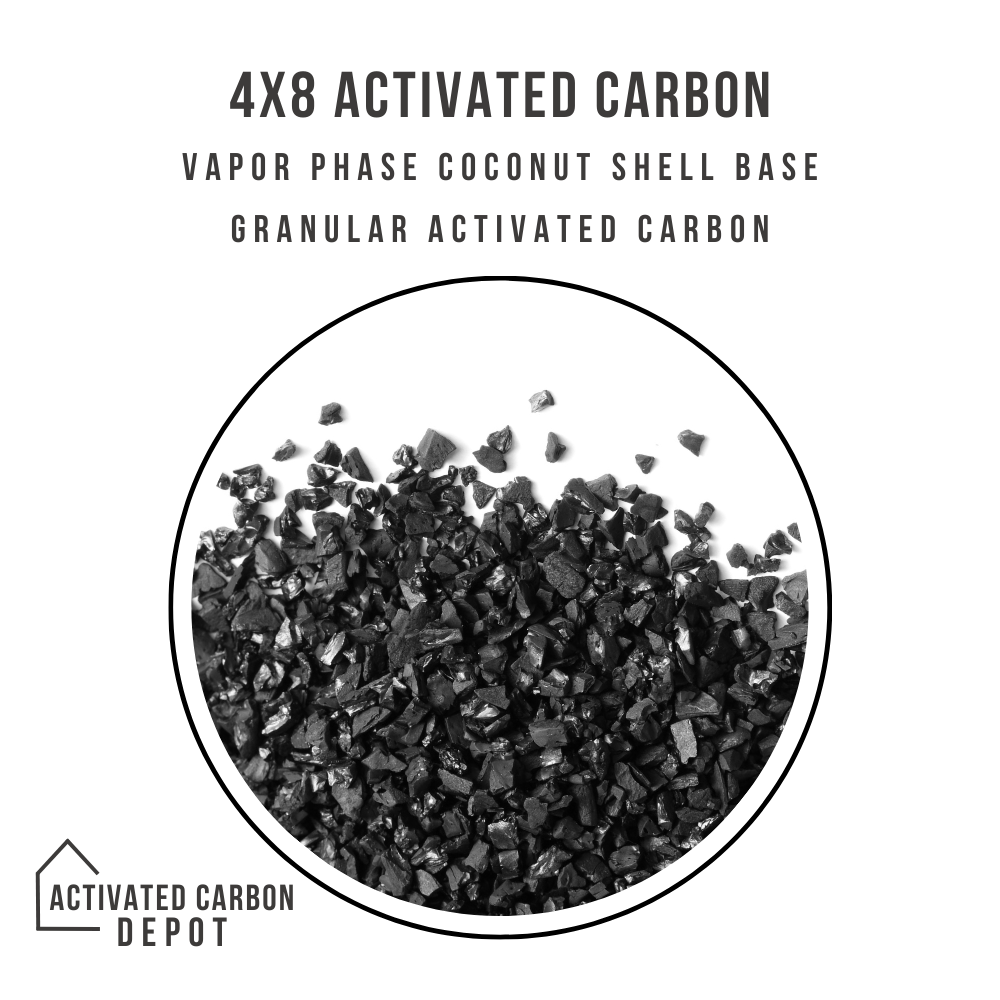Activated carbon is a staple in water filtration systems due to its superior ability to remove contaminants and impurities, improving both the taste and safety of water. This versatile material, derived from organic substances such as coconut shells, wood, and coal, is processed to be extremely porous, providing a large surface area for adsorption of unwanted substances. Here’s how activated carbon is utilized in water filters to purify drinking water:
The Adsorption Process
The primary mechanism by which activated carbon works in water filters is through adsorption. As water passes over the carbon surface, contaminants and impurities are trapped within the carbon's pores. Unlike absorption, where fluids are taken up by a substance, adsorption involves the adhesion of atoms, ions, or molecules from a dissolved solid, liquid, or gas to a surface. This process effectively removes chlorine, sediments, volatile organic compounds (VOCs), taste and odor from water.
Types of Activated Carbon Used in Filters
-
Granular Activated Carbon (GAC):
- GAC consists of relatively larger carbon granules and is commonly used in water filters. It allows water to flow through without significant pressure drop while effectively reducing odors, improving taste, and removing chlorine and chemicals.
-
Powdered Activated Carbon (PAC):
- PAC has a finer grain than GAC and is often used in situations requiring rapid adsorption. In water filtration, PAC can be used to treat aesthetic problems like taste and odor issues. However, its fine nature can lead to a higher pressure drop across the filter.
-
Block Activated Carbon (BAC):
- Block activated carbon is a mixture of powdered activated carbon and a binding agent, which is then shaped into blocks under high pressure. BAC filters offer a larger surface area for contaminant removal, making them highly effective at filtering water for impurities.
Benefits of Activated Carbon in Water Filtration
-
Chemical Removal: Activated carbon is particularly effective at removing chlorine and chloramines from water, chemicals commonly used for disinfection. This not only improves the taste and smell of water but also eliminates the harmful effects that these chemicals can have on the body over time.
-
Organic Contaminants: It can reduce the levels of certain organic chemicals, including VOCs which are linked to serious health issues.
-
Improvement of Taste and Odor: Activated carbon naturally removes substances that can cause water to have an unpleasant taste and odor, such as hydrogen sulfide (rotten egg smell) and chlorine.
Implementation in Water Filters
Activated carbon can be integrated into water filtration systems in several ways:
-
Point-of-Entry Systems: These systems are installed where water enters a home, ensuring that all the water distributed throughout the house is treated.
-
Point-of-Use Systems: These include countertop filters, under-sink filters, and faucet attachments that purify water at the point of consumption.
-
Portable Filters: Many portable water purification devices also use activated carbon either alone or with other filtration technologies to ensure water safety in mobile settings.
Maintenance and Replacement
Activated carbon filters require regular maintenance to ensure they continue to filter water effectively. Over time, the carbon becomes saturated with contaminants and loses its effectiveness. It’s important to replace the carbon filters according to the manufacturer’s guidelines, usually every few months or after a specific number of gallons have been filtered.
Conclusion to How Activated Carbon is Used in Water Filters
Activated carbon is a critical component in modern water filtration systems, providing a simple, effective, and affordable method to ensure the cleanliness and safety of drinking water. Its ability to remove a wide range of contaminants makes it an essential tool in residential and commercial settings alike, ensuring that water tastes and smells great while reducing harmful chemical exposures.




